IM systems eliminate the need for connectors entirely, transforming a mooring’s tether into a medium for real-time data transmission.
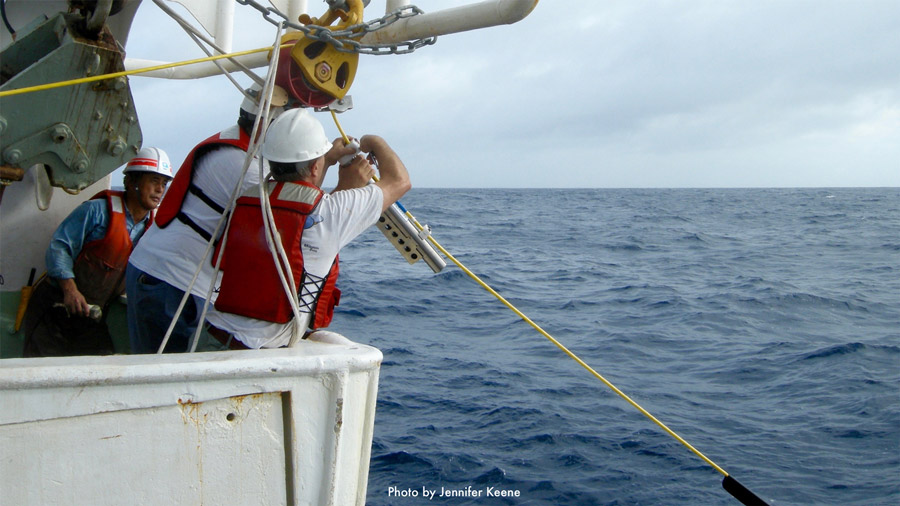

IM systems eliminate the need for connectors entirely, transforming a mooring’s tether into a medium for real-time data transmission.
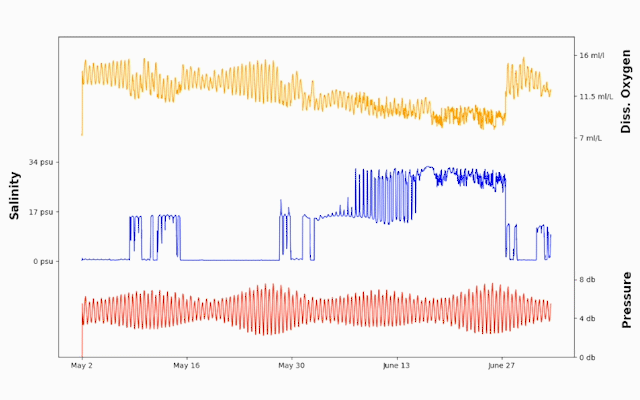
Zooming in shows salinity and dissolved oxygen are fluctuating heavily alongside the tidal cycle. Can you determine what is causing this?
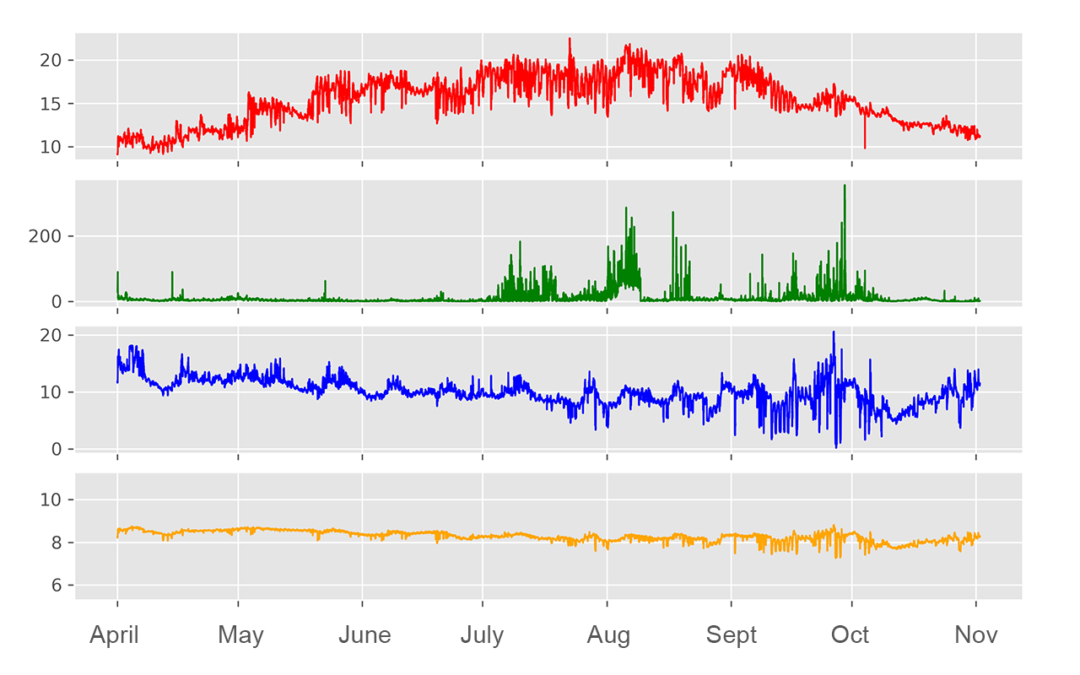
Can you correctly label the 4 plots? Hint: this area is subject to periods of eutrophication during the late summer/early fall.
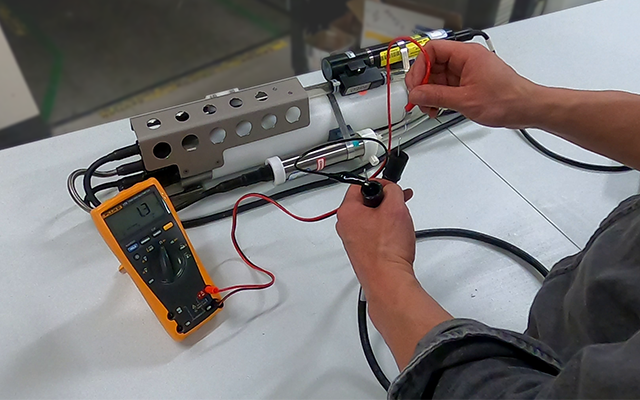
Integrating analog sensors is relatively painless, at least compared to the more finicky RS-232 sensors. But what happens when you've diligently followed the instructions yet fail to receiving data from your sensor? Watch our troubleshooting video to learn our methods...
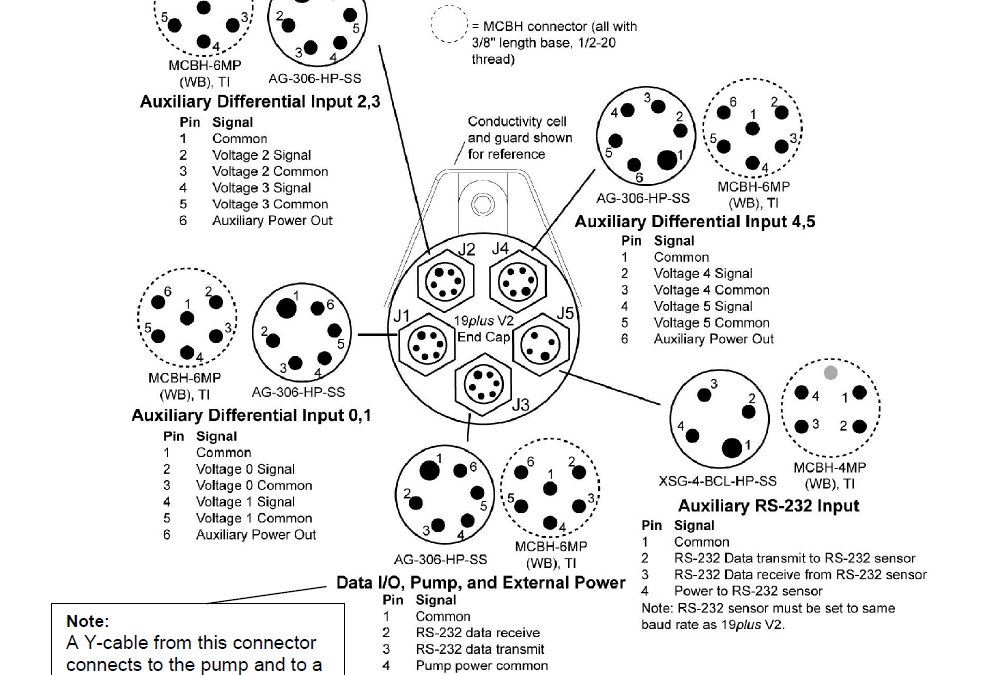
From bottom contact triggers to transmissometers, oceanographic sensor options are vast and diverse, and choosing the right combination of sensors can significantly augment a CTD’s measurement capabilities. Although getting disparate technologies to talk to one...
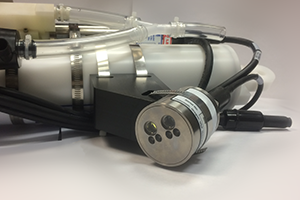
Unlike analog auxiliary sensors, instruments that output serial RS-232 data are more challenging to integrate with Sea-Bird Scientific CTDs. Despite RS-232 being a standard communication protocol, most instruments have a unique data output format and command set. As...
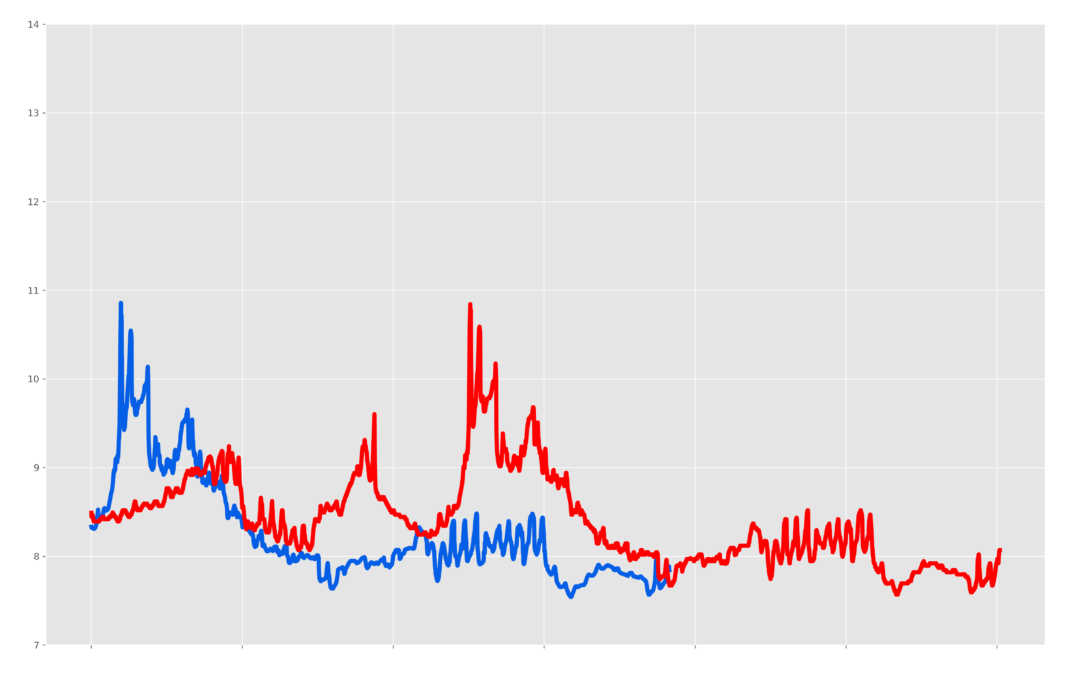
Although they should match perfectly, the two sensors rarely reported the same temperature value throughout their deployment. Furthermore, the 16plusV2 appeared to stop logging, although the batteries still had life upon recovery. Can you identify the problem?
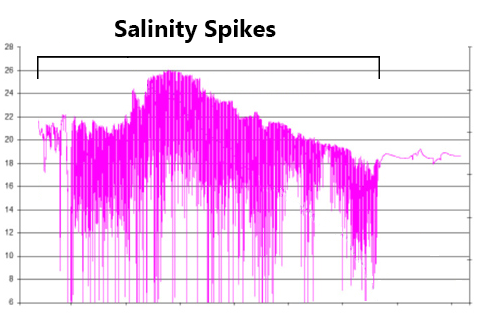
Q&A: Diagnosing Salinity Spikes The figure above shows a time series of salinity from a moored CTD. For most of the deployment, salinity showed frequent downward spikes, dropping from an expected range of 18-26 psu to near zero. Can you determine the cause?...
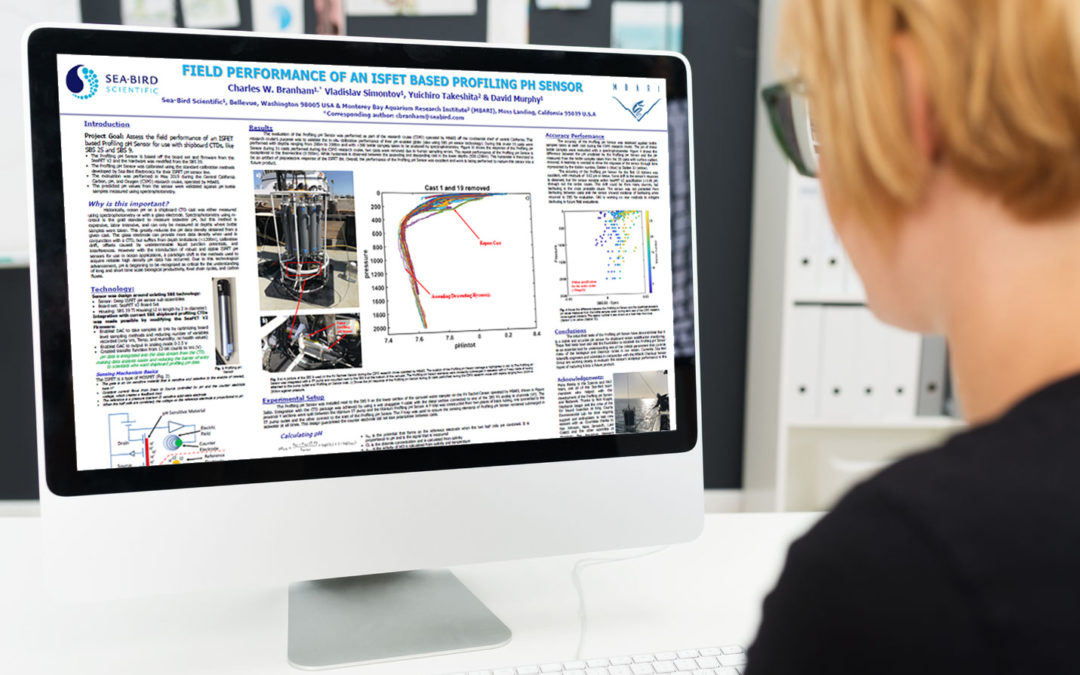
Missed us at Ocean Sciences 2020? Check out digital copies of our Science Team’s conference posters to learn more about what they are working on: Field Performance of an ISFET Based Profiling pH SensorCharles W. Branham, Vladislav Simontov, Yuichiro Takeshita &...
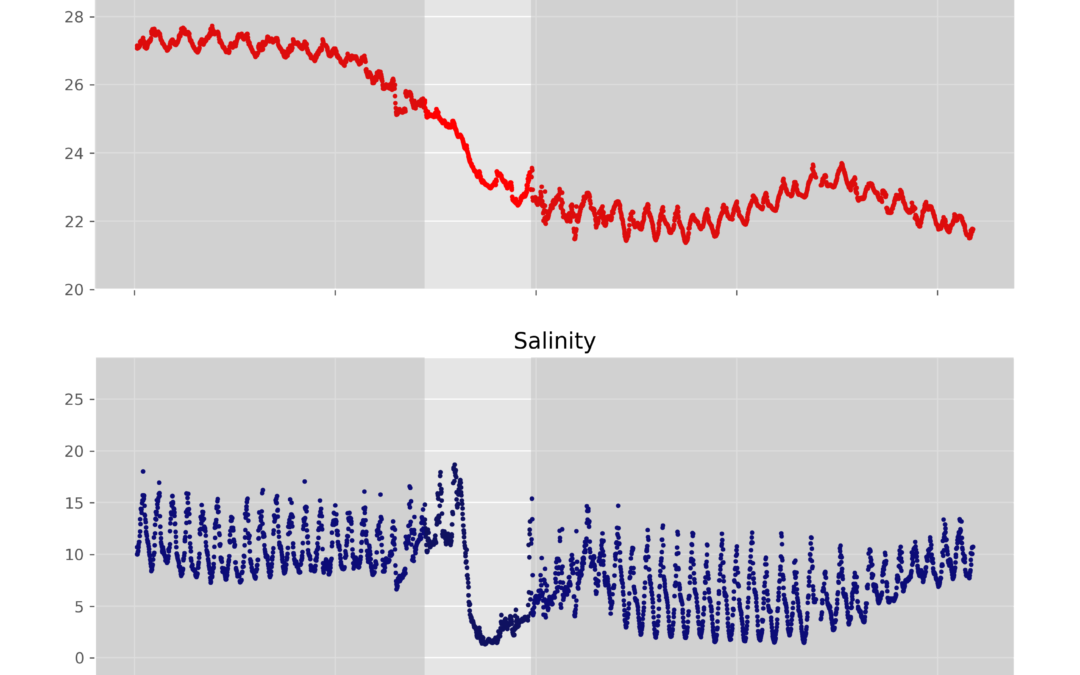
February 2020 Newsletter The data above came from a HydroCAT-EP multiparameter probe moored in an estuary near Savannah, Georgia. The highlighted section shows a sudden change in the temperature and salinity data that lasted for approximately 4 days, and continued...
The Deep SeapHOx™ V2: Revolutionizing Moored Ocean Monitoring Welcome to the future of oceanographic research with the Deep SeapHOx™ V2. Designed for long-term deployments in diverse environments, from shallow regions to the deep ocean, this state-of-the-art...
The HydroCAT-EP V2 Multiparameter CTD: Precision Insights for Environmental Monitoring Dive into the future of environmental monitoring with Sea-Bird Scientific's cutting-edge HydroCAT-EP V2 (HCEP-V2). This multiparameter CTD offers an impressive dynamic range,...
We hope to see you at AGU24 Overview Each year, AGU’s annual meeting, the largest gathering of Earth and space scientists, convenes 25,000+ attendees from 100+ countries to share research and connect with friends and colleagues. Scientists, educators, policymakers,...